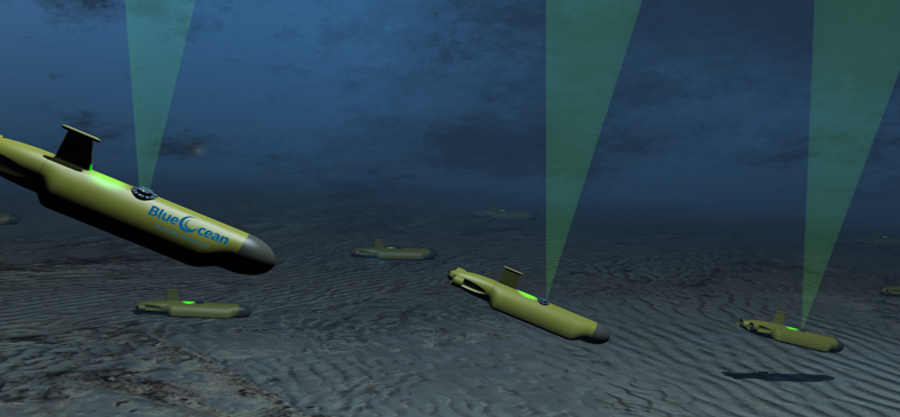
If the rising cost and environmental pressures experienced by the oil and gas exploration sector this year have shown us anything, it is this: it is time to make the impossible affordable.
For too long, innovation and investment into acquisition technology has been behind the curve. As an industry, we continue to use legacy technology that has been in use since the 1960s. There are very few other industries that can say the same. Other sectors, such as construction, are turning to tech to enhance their commerciality – so should energy.
We all know the exploration industry to be the biggest casualty of oil price slashes traditionally, and the data shows this to be just as true following the crash we experienced in the second quarter of this year.
Indeed, research by Westwood reported a staggering 70% decline in exploration activities in the UK North Sea in September 2020, compared to the first quarter. ExxonMobil has announced plans to cut its total 2020 exploration capital spend by 30%, equating to US$10 billion.
This will not only hurt the businesses and people working in the sector, but it puts the long-term future of the industry at risk. It is therefore critical that we replace old methods of exploration with dynamic new technologies that are cheaper, faster, safer and less carbon intensive.
Airguns and cables
In 2020, marine seismic data acquisition remains heavily dependent on airgun and streamer cables. Streamer cables are laid from the aft of the vessel and towed on the previously designated track line by a vessel traveling at 2 to 5 knots.
The airguns that are being towed along with cables are filled with high pressure air and have a mechanism to release them as air bullets.
These air bullets hit the seabed, causing a seismic reaction, which is picked up by pressure sensitive hydro phones inside the streamer cables.
In our opinion, this out-dated method can produce poor data sets. Rough weather, heavy rain and other vessels passing close by to the survey vessels can lead to huge variations in the quality of data. No company wants to invest millions of dollars on drilling an empty well, even in a bull market. Yet with the current quality of data, it can at times be tough to locate precisely the position of wells with hydrocarbons.
For efficient survey operation, all seismic equipment and tools are checked thoroughly before deployment. Yet just a minor issue on a seismic cable requires pulling the whole length of the tow inside the ship, fixing the problem, and deploying it back into the ocean.
As you can imagine, this is a time-consuming process that will stop the production of data for quite some time with a clear impact on cost. Furthermore, traffic density and fishing activity can also cancel the whole track line.
Current technology is expensive, risky, energy and carbon intensive, while can also produce low-quality data. Remarkably, this technology has not been transformed for over 60 years. The positive news is that innovation is underway.
Nodes now
Long endurance self-repositioning autonomous underwater nodes are being developed to conduct offshore seismic surveys for oil and gas exploration. The vehicle will be launched off the side of the boat, then navigate itself down to the seabed, where it will sit, before moving autonomously to the next position.
The vessels can stay underwater for almost three months moving from different locations under water. You can have thousands of these deployed at a time. As a result, they provide a detailed and precise image of what lies beyond the seabed.
This pioneering technology is anticipated to reduce exploration costs by more than 50%, an astonishing result. The use of autonomous OBSrV, together with automated launch and recovery systems, significantly reduces vessel-based personnel requirements and the length of the survey duration and therefore, costs.
The technology, which is powered by rechargeable batteries, will also make oil and gas exploration & reservoir optimisation less carbon intensive.
In sum, the cost and environmental pressures facing the oil and gas industry, together with the significant expense, time, health and safety risks associated with existing marine seismic survey technologies, mean that the need for innovative new solutions has never been stronger.
As investment into green infrastructure continues to increase, the oil and gas exploration sector needs to innovate if it wants to cut costs and survive.
Recommended for you
